Photographers can be pretty geeky about lenses. I know I’ve eavesdropped on and occasionally participated in extended conversations that revolved almost exclusively around various types of lenses and their features — telephoto lenses, zoom lenses, vintage lenses, pancake lenses, lenses with built-in hoods, lenses with image stabilization, lenses with a max aperture of f/0.95. Glass is something photographers think about and talk about constantly. It makes sense I suppose, but how many lenses do you really need? I can’t answer that for you but I do know that regardless of how many lenses you own, you can only use one at a time. If you were to give one lens priority over all others, which would it be? Allow me to make a case for the humble 50mm lens (or its focal length equivalent).
A 50mm Is Versatile And Easy To Travel With
Whether you’re walking through your neighborhood or traveling abroad, a 50mm lens isn’t going to become a burden (unless it’s got a max aperture of f/1.2). A key advantage of the so-called “nifty fifty” lens is that it is relatively inexpensive, small and lightweight. And it’s versatile. You can spend an entire day with this one lens and capture any kind of photo you want, never worrying about having to carry multiple lenses and then stop to swap them in and out each time you encounter different types of subjects.
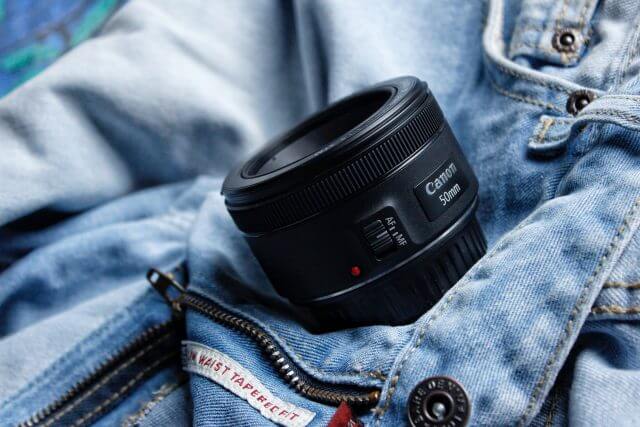
A 50mm Is A Good Portrait Lens
It’s not the first focal length photographers suggest when responding to queries about portrait lenses, but a 50mm lens can be a brilliant option. Every reputable lens maker has a quality 50mm with an aperture of f/1.8 or f/1.4, which will help achieve beautiful shallow depth of field. While 50mm is sometimes referred to as a normal lens it might also be considered a short telephoto, making it a worthy candidate for portraits. It’s true you won’t get the same compression effects as you would with a 200mm lens, but a 50mm lens will allow you to incorporate some environmental context into your portraiture.
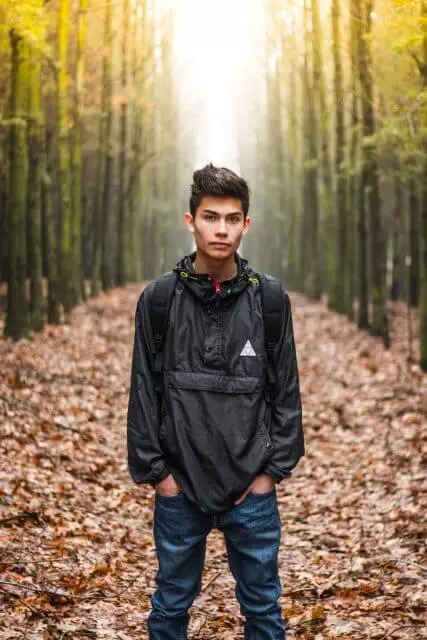
A 50mm Is A Good Landscape Lens
Just as not all portraits need to be shot with a telephoto lens, not all landscapes need to be shot with a wide angle lens. A 50mm lens will work perfectly for landscapes/cityscapes/seascapes. More important than using a specific focal length is knowing how to make the most of whatever focal length you’re using. Doing landscape work with a 50mm lens will allow you to focus on tighter, more detailed scenes that highlight elements that would otherwise go overlooked in wider shots.
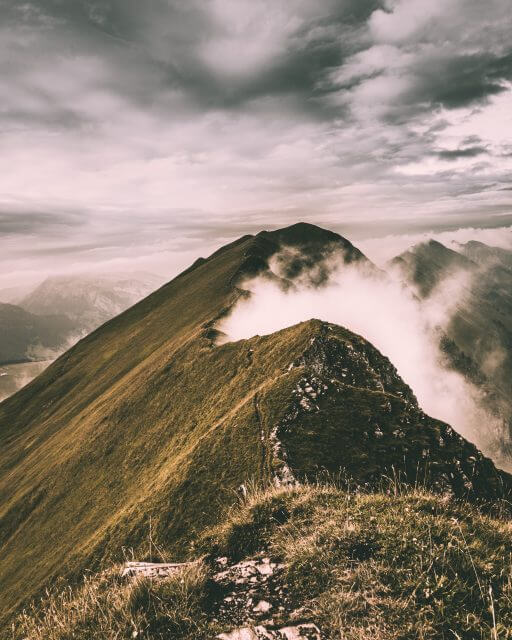
A 50mm Can Double As A Macro Lens
Nothing beats a true macro lens, there’s no denying it. But just to further demonstrate the versatility of a 50mm lens — take it off, flip it around (so the front element is against the lens mount) and you’ve instantly got yourself a pseudo macro lens. If you want to avoid having to hold the lens against the camera you can purchase a reversing ring — one end screws onto the front of the lens like a filter, the other end attaches to the lens mount. This technique doesn’t give you life-size reproduction but I doubt you’ll be disappointed with the results.
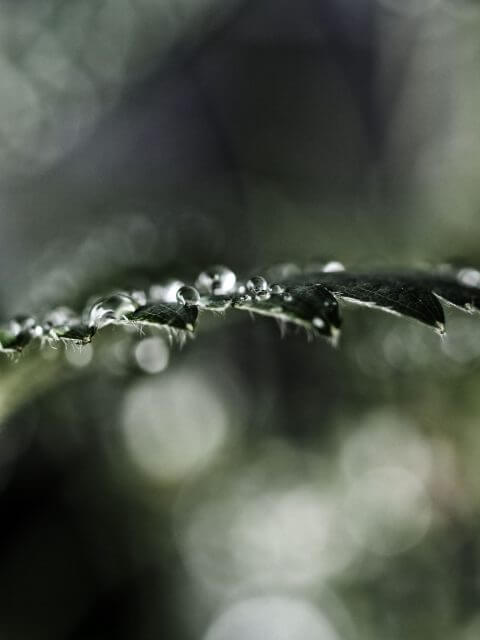
A 50mm Works Well In Low Light
A 50mm lens that can open up to f/1.8 is far more useful in low light situations than just about any kit lens, many of which are f/3.5 at their widest aperture. Other lenses may feature some sort of image stabilization, a feature that surely serves a great purpose, but you may discover for your style of photography it may be preferable to reduce camera shake with shorter exposures rather than attempting to compensate for it. A larger aperture brings in more light, which shortens exposure time.
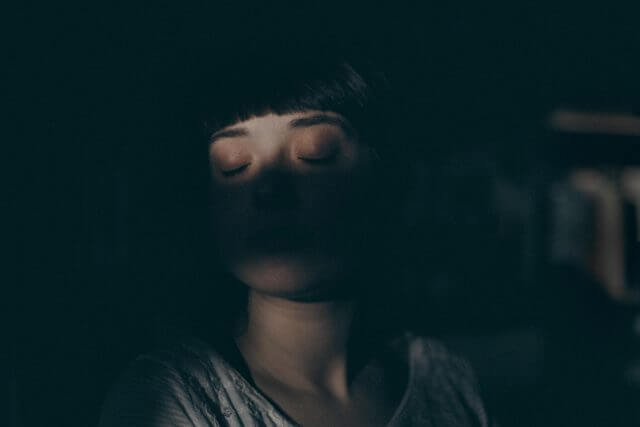
Final Thoughts On The Benefits Of A 50mm Lens
I know, 50mm lenses aren’t all that intriguing on the surface. In fact, they’re pretty simplistic and sometimes leave a lot to be desired in terms of build quality. As far as optical quality goes, however, they are all quite good, which is precisely why this should be one of your first purchases after acquiring any type of interchangeable lens camera. All the other features listed above are just icing on the cake.

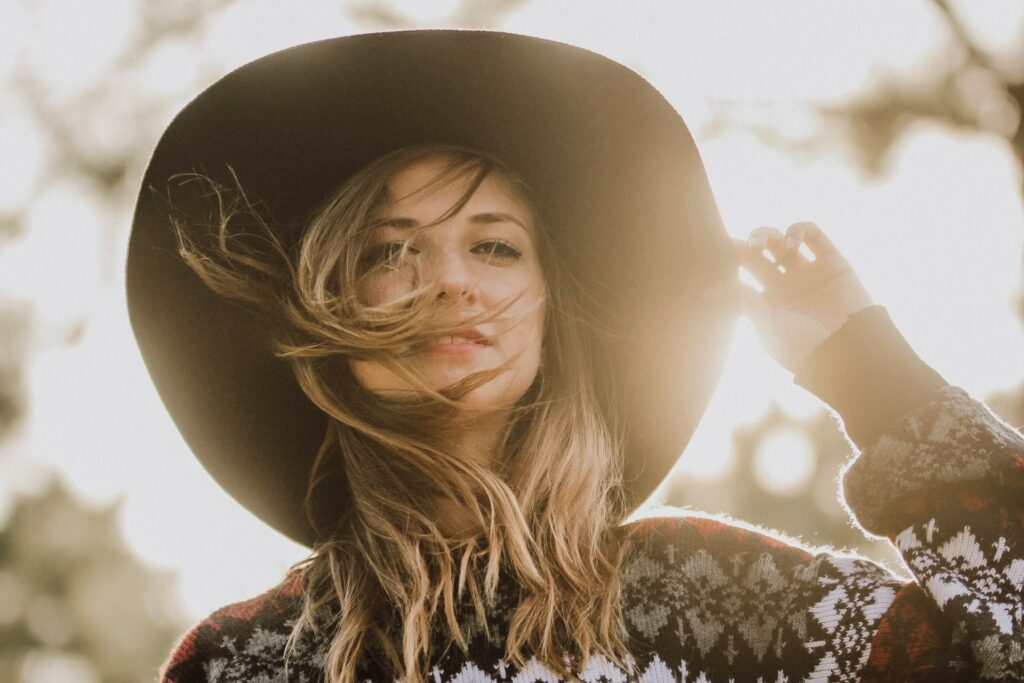

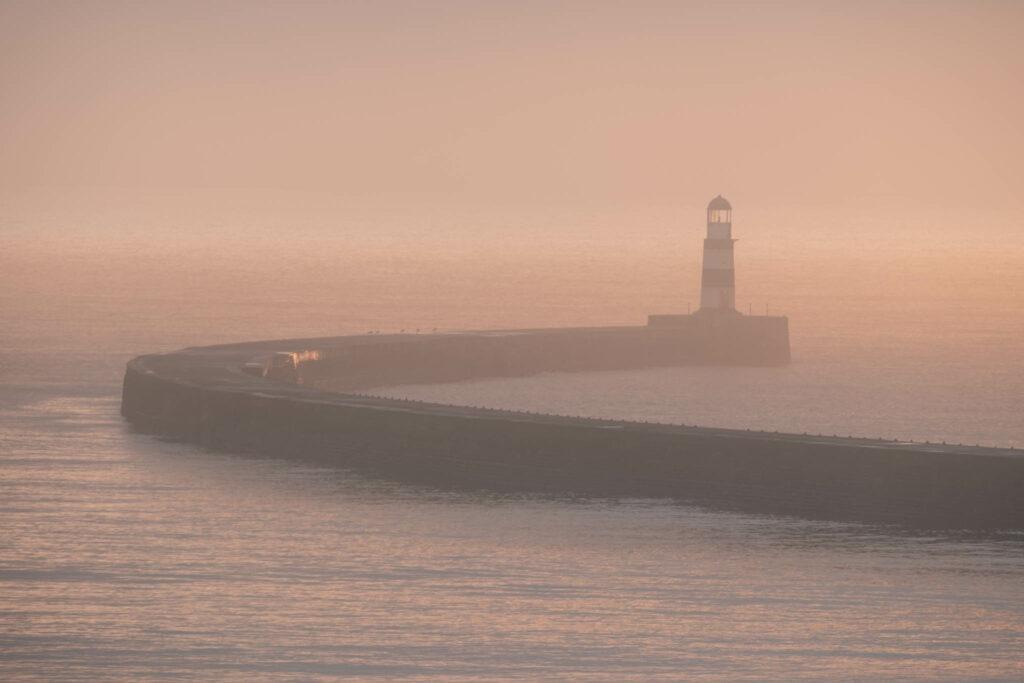

6 Comments
A 50mm f/1.8 is a relatively cheap lens, and for the price very attractive. But as a portrait lens? Not if you want tight portraits, then you have to go to close for most models to be comfortable. You could crop your photo or use it on a body without a full frame sensor, that would help with that problem.
Note that on a full frame sensor body the wide aperture is needed to get separation since you most likely will have some distance to the subject, thus decreasing the DoF.
Don’t take me wrong, a 50mm is a great lens and probably the first prime anyone can afford to get. But any prime will have several of these listed advantages, and for portrait photography I wouldn’t trade my 105/2.0 for anything. I like my portraits tight! And for landscape I want something wider. The 50mm won’t catch the beautiful vistas I see and seldom do them justice.
Just my thoughts on the subject.
Thank you for helping me understand the 50mm is capable to do. I like how you explain the subjects very good.
Also do you have a article about sigma 105 mm lens.f2. , and it is a macro. However I do have a problem when I shoot with it..My photos comes out blurry and dark. Could you give me some pointers. Thank you. Gail
I had Canon’s 50 1.4 and got rid of it when I fell for my Sigma 35, and the Sigma 85 is just a dream, so I ended up finding the 50 not as capable as either of the others. Having said that, I know many people who are stuck to their 50 and I have to admit, it’s 90% as good at what the 35 and 85 do and costs half of what either of the others do, so the value is outstanding. Almost makes me wanna grab Sigma’s copy, but I’m really happy with what I have 🙂 Solid article as always!!
Thanks for reading, David. 35 and 85 are pretty close to perfect for a two lens setup (though I’d replace the 35 with a 28 if I could). I’m a Fuji user so no Sigma lenses for me unfortunately, but when I did have the chance to use one I loved it.
I love my canon 1.2 L 50mm it’s my favourite lens
Back in the good old days of 35mm photography, a 50 or 55 was a “normal” lens (depending on camera brand), and an 80 or 90 was considered to be an ideal portrait lens. If the crop factor of APS-C cameras is considered, the 50 is comparable to an 80 or 90 on a 35mm camera. I know that the full-frame fans will shudder at the thought of shooting a cropped-sensor camera, but their solution is to continue using an 80 or 90, just like the film guys did.